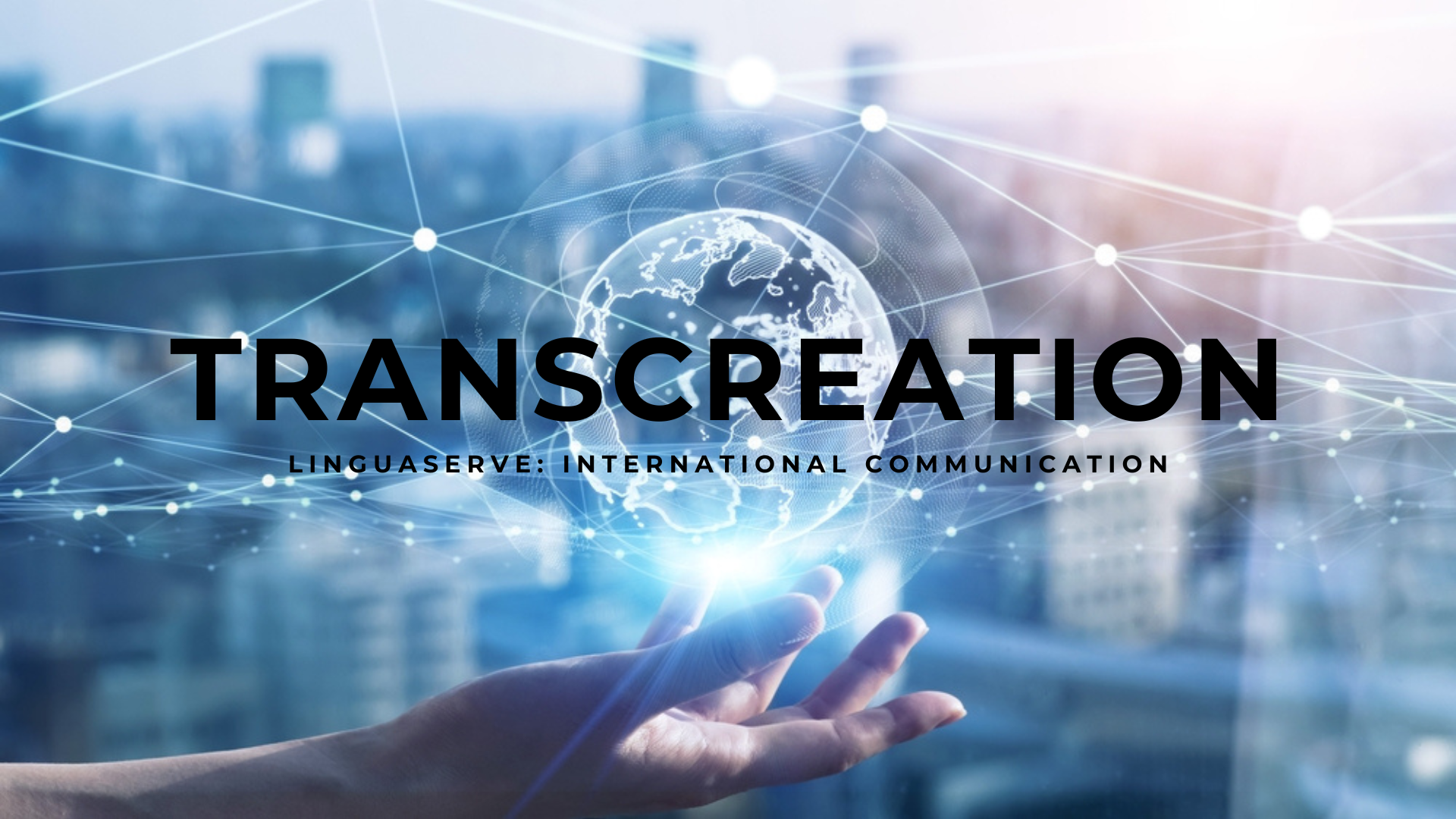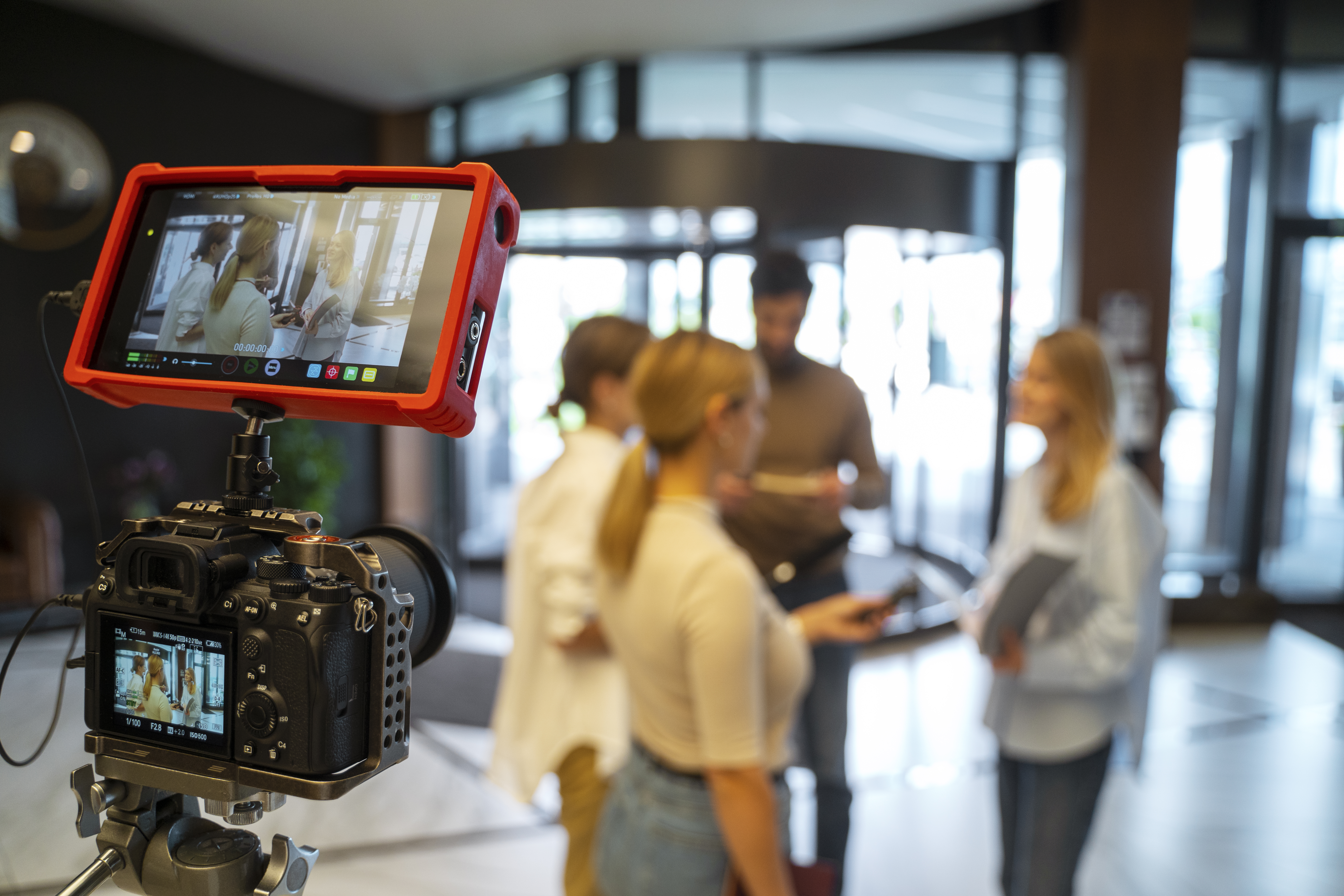Marketing translations are among the most demanding for language professionals. Why? Advertising materials must resonate with their intended audience across diverse cultures. So, it is common for experts in this field to add an extra layer of creativity and experience to their precision and accuracy.
Distinctive Features of Marketing Translations
Undoubtedly, the primary aim of advertising copy is to drive sales. Yet, translations in this sector require considering various other aspects as well:
- Audience engagement.
- Market positioning.
- Presenting new product/service features.
- Brand visibility.
Ensuring that the message comes across effectively requires a thorough understanding the text’s aim. This understanding enables appropriate adaptation and transmission.
Copywriting techniques play a key role in enhancing the persuasiveness of texts, particularly in advertisements, sales pages, and calls to action (CTAs). These elements, often found on contact and purchase buttons, guide customers on what actions to take, amplifying the commercial sales potential of any business.
Conversely, a notable challenge in advertising translation lies in ensuring that the message is equally attractive and effective in all languages. Thus, reliance on experienced and specialized professionals is imperative. Such professionals possess a deep understanding of the market, the intended audience, and the cultural nuances, enabling effective connection and resonance with the audience.
Employing native speakers as translators is always advisable as well. This approach facilitates the conveyance of emotions and feelings that elicit the same response as in the original language.
Crafting Style to Connect with the Audience
Marketing translations should never be done literally. Instead, they should focus on transforming metaphors and wordplay to achieve the desired impact. The process, known as localization, is vital for adapting to different cultural contexts.
Why is this so important? Because it is crucial to avoid elements that could be misconstrued, which requires a complete understanding of the cultural, religious, and political intricacies of the target environment. While a good translation does not guarantee success, a bad one is bound to lead to failure.
Moreover, the tone employed must align with the brand’s values, while the style must cater to the demographics of the intended audience (e.g., socio-economic status, interests, age). Similarly, to enhance positioning, strategic use of foreign words and phrases or non-standard capitalization can be used to emphasize certain aspects. So, flexibility with linguistic rules and recommendations is key to achieving the best results.
Above all, advertising texts must be:
- Clear, devoid of ambiguities.
- Convincing, without exaggerations.
- Direct, succinctly presenting pertinent information.
- Simple, avoiding technical jargon that complicates the message.
These attributes should also be upheld in the translation process. Considerable resources are dedicated during campaign design and creation to prevent poor adaptations from undermining prior efforts. Thus, entrusting the translation to experienced and specialized professionals is paramount for preserving the integrity of a campaign across languages.
Errors in the Translation of Advertising Texts
Numerous examples exist of translation mishaps in advertising, underscoring the importance of proficient translation. Let’s look at some of the most notable blunders and their ramifications on brands.
- Braniff Airlines: In 1987, this American airline advertised its new leather seats with the slogan 'Fly in leather'. However, the Spanish translation for commercial flights in Latin America, 'Vuela en cuero', encouraged potential passengers not to enjoy the new seats but to 'fly in the nude', a message that deviated significantly from the original.
- KFC: The fried chicken chain entered the Chinese market with the slogan 'Finger lickin’ good', which was interpreted as 'Eating your fingers'. This translation mistake resulted in several thousand dollars in losses. The campaign had to be withdrawn, modified, and re-released, but by then the establishments were already open.
- Electrolux: In the 1970s, this household appliance brand’s campaign slogan for the American market was 'Nothing sucks like an Electrolux.' The negative connotation of 'sucks' was not taken into account and the translation error led to a message perceived to mean 'Nothing’s as bad as an Electrolux'. Interestingly, the design, which was clearly a major failure, was done by a British advertising agency.
- Mango: Even Spain’s most international companies have faced setbacks like these. An example is what happened when this fashion brand decided to market its 'bangle' bracelets in France. The Spanish ‘pulsera esclava’ was translated literally to the French as ‘slave bracelet’. The campaign irreparably tarnished the brand's image in the French market.
- Ford: The translation for Belgium of one of the most popular American cars in Europe was infamous. Intending to praise the vehicle’s construction with the slogan 'Every car has a high-quality body', a translation mishap led to the Dutch version of the text to read 'Every car has a high-quality corpse'. This caused a serious crisis for the brand amidst high traffic accident fatalities in the country.
- Schweppes: Introducing itself in Italy and Spain, the pronunciation of the company's name referred to toilet water, resulting in a promotional error.
The list of examples goes on with other major companies like Coca-Cola, HSBC, Honda, Mitsubishi, Parker, Winston, and more. Avoiding them requires entrusting someone who can ensure a high-quality, professional, and culturally appropriate translation for your intended market.

3 Specific Examples of Marketing Translations
Globalization necessitates meticulous attention to translations when targeting new markets.? Let’s see how explore this with 3 specific examples.
E-commerce
A study by CSA Research highlights that 67% of people prefer to shop in their native language because it installs confidence and trust.
That’s why it is essential to translate your e-commerce platform and adapt it to the market you intend to target. By doing so, you enhance the user experience, boost search engine visibility, and cultivate trust among potential customers. Ultimately, this translates into increased qualified traffic, increased sales figures, and greater success.
Commercial Videos
The impact of commercial videos on brand perception cannot be overstated. However, to leverage their benefits effectively, companies must tailor them to each destination country.
Transcreation facilitates proper communication to audiences by effectively conveying the message while ensuring cultural resonance. Given that videos are powerful tools for captivating audiences and conveying emotions, translating commercial videos ensures broader appeal and understanding.
The challenge lies in maintaining coherence between the visuals and the verbal message, while adapting content to diverse cultural and linguistic nuances. Any translation error in commercial videos can significantly undermine the brand’s perception and the effectiveness of its message.
Advertising Texts
Effective advertising hinges on adept translation that resonates across cultures and languages. This entails not just translating words and phrases but also the adapting concepts, wordplay, cultural references, and communication tone to ensure consistent impact across different markets.
The challenges inherent in marketing translations underscore the importance of conveying the message accurately in the target language without diluting its original impact. A translation mistake in an advertising campaign can lead to poor reception of the message, denting the brand’s credibility and reputation. That’s why entrusting translation tasks to professional language service providers like Linguaserve ensures the accurate transmission of your message, safeguarding the integrity of your brand.








